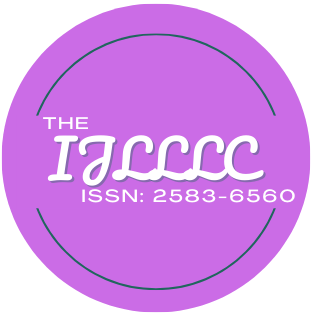| Title: NAVIGATING LINGUISTIC LANDSCAPES: THE INTERPLAY OF TRADITIONAL, HISTORICAL, STRUCTURAL, GENERATIVE, AND FUNCTIONAL LINGUISTICS |
| Authors: Donya Nasrollahi and Maryam Beiki , Iran |
| Abstract: This paper explores the foundational principles and contributions of five major schools of linguistics: Traditional Linguistics, Historical Linguistics, Structural Linguistics, Generative Linguistics, and Functional Linguistics. Traditional Linguistics emphasizes the prescriptive and normative analysis of language, often grounded in classical grammar. Historical Linguistics investigates the diachronic development of languages, providing insights into language change and evolution. Structural Linguistics, pioneered by Ferdinand de Saussure, prioritizes the synchronic study of language structures, introducing the concepts of signifier and signified. Generative Linguistics, initiated by Noam Chomsky, focuses on the innate mechanisms of language acquisition and the formal systems underlying linguistic competence. Finally, Functional Linguistics examines the role of context and pragmatics in shaping linguistic forms and functions. The paper highlights the interconnectivity and distinctions among these paradigms, emphasizing their enduring relevance in linguistic theory and application. Curriculum designer and policymakers might benefit from a multifaceted understanding of linguistics that combines insights from various schools to create more effective language education programs and promote language preservation efforts. |
| Keywords: Generative Linguistics, Functional Linguistics, Historical Linguistics, Structural Linguistics, Traditional Linguistics 2. |
| DOI: https://doi.org/10.59009/ijlllc.2025.0117 PDF Download |
